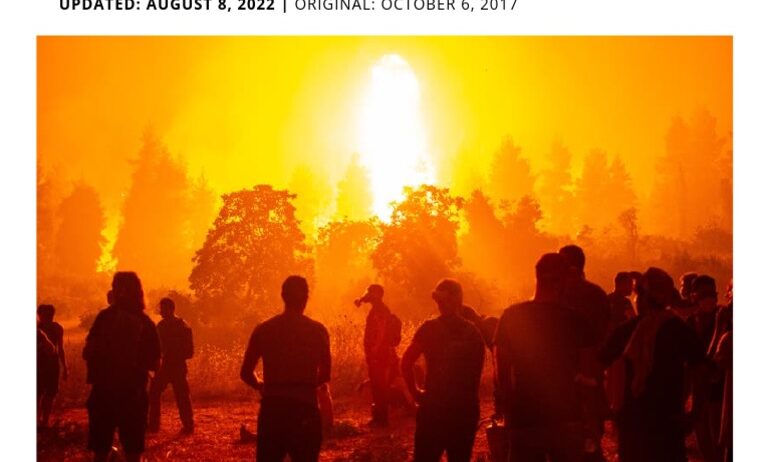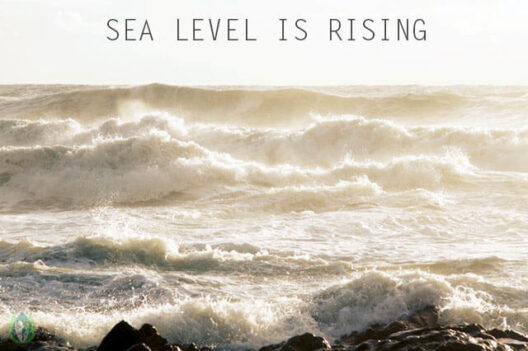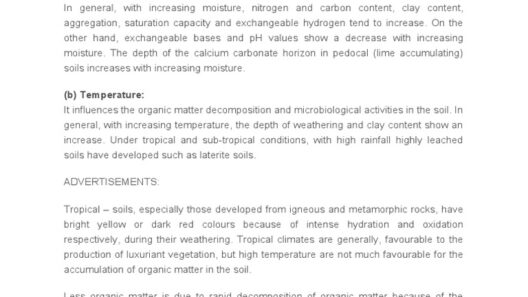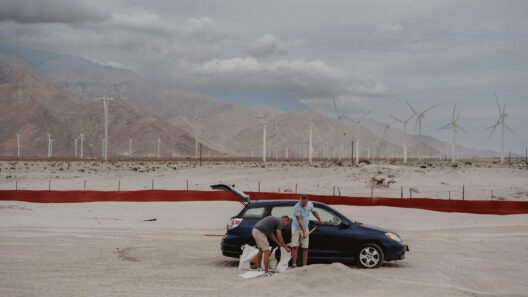Climate change, an omnipresent concern of our epoch, can be traced through varying epochs of history. Its roots stretch back into the depths of time, intertwining with the evolution of our planet and the various activities of humanity. Understanding when climate change began is crucial for grasping the magnitude of its impact and comprehending the trajectory we must follow to mitigate its consequences.
From glacial shifts to anthropogenic influences, climate change is not merely a contemporary phenomenon; it’s a complex tapestry that dates back millions of years. This article seeks to explore the salient milestones in the history of climate change, offering a panoramic vista of its trajectories and implications.
Prehistoric Climatic Shifts: A Prelude to Change
Before delving into the more recent human-induced factors, it is imperative to acknowledge that climate change is not a product of modernity. The geological and climatic history of our planet reveals a dynamic interplay of natural forces. At the most primordial level, the Earth has undergone significant climatic transformations due to volcanic activity, solar irradiance variations, and the Earth’s orbit and axial tilt changes. These natural phenomena played pivotal roles in relic events like the Ice Ages, when vast expanses of ice enveloped much of the northern hemisphere.
Scientists postulate that major glacial periods commenced roughly 2.4 billion years ago, with the most recent Ice Age, known as the Quaternary glaciation, starting around 2.58 million years ago. The profound oscillations between glacial and interglacial periods have significantly influenced sea levels, ecosystems, and biodiversity. Clouds of ice that stretched over landmasses are now mere memories, yet their imprint is eternally etched in our geological strata.
Such climatic shifts have indelibly modified the landscape of our planet, giving rise to the flora and fauna we recognize today. Yet, the question remains: how does this ancient climate narrative interweave with mankind’s relatively recent story?
The Anthropocene Epoch: A New Era of Influence
With the dawn of the Agricultural Revolution around 10,000 BCE, humanity began leaving an increasingly discernible footprint on the Earth. The shift from nomadic hunter-gatherers to settled agricultural communities marked a significant turning point. Early farmers cleared extensive forests to cultivate crops, altering land use patterns that would subsequently reshape local climates. The cultivation of rice, wheat, and other staple foods necessitated the manipulation of water sources, thus modifying hydrological cycles.
Fast forward to the Industrial Revolution, ushered in during the late 18th century, and a dramatic transformation took hold of global climate systems. The increase of fossil fuel consumption, primarily coal, steam, and later oil and gas, catalyzed an unprecedented surge of greenhouse gas emissions. These emissions, predominantly carbon dioxide and methane, ushered in a new chapter of anthropogenic climate change.
The 20th century epitomized this accelerating timeline. The establishment of industries, expansion of urban centers, and the proliferation of automobile culture catalyzed significant shifts in atmospheric composition. This not only resulted in rising temperatures but also led to the exacerbation of extreme weather events, threatening socio-economic stability and ecological balance.
Significant International Climate Milestones: A Global Awakening
As awareness of climate change began to burgeon throughout the latter part of the 20th century, a myriad of international efforts emerged as a response to this escalating crisis. In 1992, the Earth Summit in Rio de Janeiro heralded an acknowledgment of the need for global cooperation, culminating in the United Nations Framework Convention on Climate Change (UNFCCC). This seminal moment set the stage for future discussions and action regarding climate change.
The subsequent Kyoto Protocol, enacted in 1997, sought to curb greenhouse gas emissions among industrialized nations, marking the first binding agreement dedicated to fighting climate change. However, despite these attempts, global emissions continued to rise, culminating in the 2015 Paris Agreement, where nations worldwide pledged to limit global warming to well below 2 degrees Celsius in comparison to pre-industrial levels.
A pivotal aspect of these international accords has been the increasing emphasis on climate justice, recognizing that the burdens of climate change disproportionately affect marginalized communities and developing nations. The aesthetics of solidarity emerge from these discussions, evidencing the need for inclusivity and equity in climate action.
Modern Challenges and Future Perspectives: The Road Ahead
As we progress into the 21st century, the consequences of climate change are becoming increasingly pronounced. Rising sea levels, intensified storms, and prolonged droughts serve as reminders of humanity’s stewardship over the planet. The urgency is palpable; scientists warn that an average global temperature rise of even 1.5 degrees Celsius could unleash unprecedented environmental catastrophe.
Yet there remains a glimmer of hope. Innovations in renewable energy, sustainable agriculture, and carbon capture technologies promise pathways to a more resilient future. Ingraining a culture of environmental consciousness into our socio-economic frameworks is paramount. The aesthetic allure of a thriving, sustainable planet motivates deeper commitment to climate action, illuminating the synergy between ecological health and human well-being.
In conclusion, exploring the history of climate change reveals its complex intertwining with both natural forces and human endeavors. This journey from prehistoric shifts to modern-day challenges emphasizes the need for collective commitment to alter the trajectory of our climate future. Embracing this responsibility emerges not just as an ethical imperative but as an aesthetic pursuit for a more harmonious existence on Earth.







